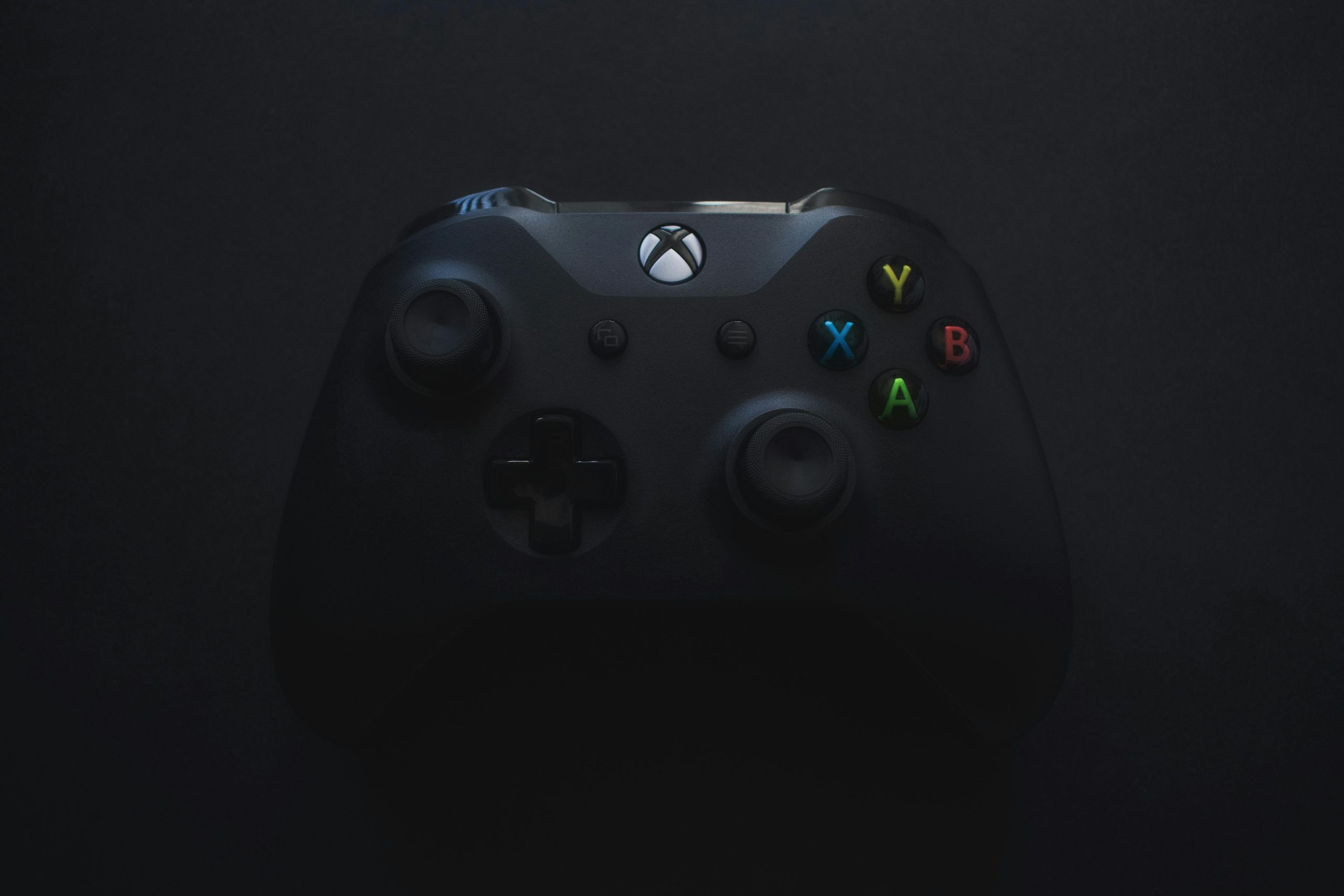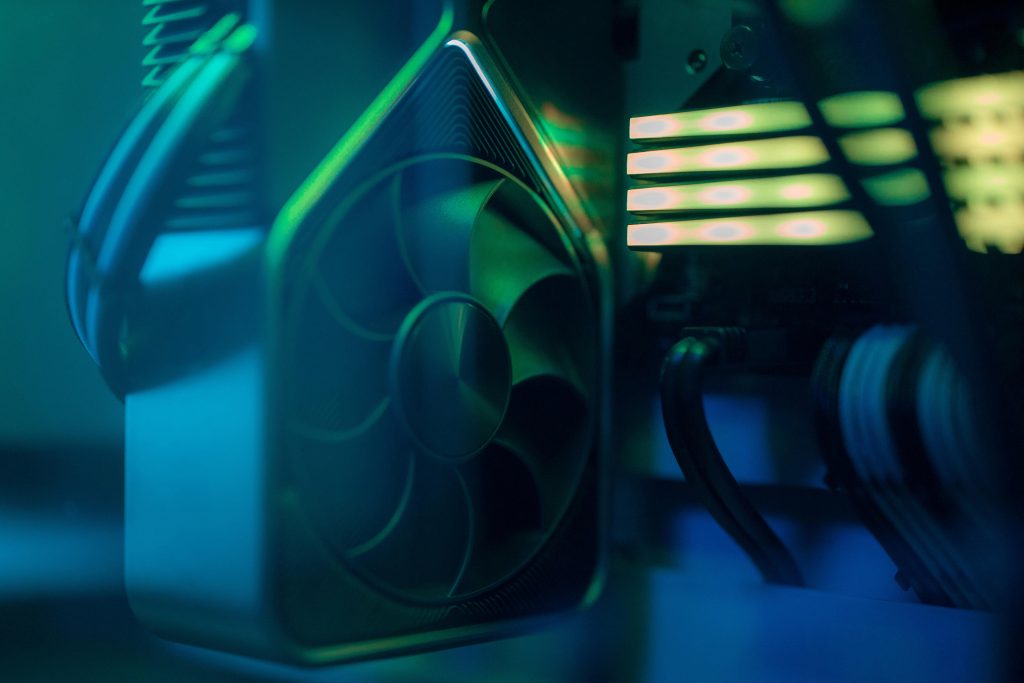Troubleshooting a Black Screen Boot Issue: A Safe Approach to Data Recovery
Experiencing a black screen during booting can be frustrating, especially when you have important files stored on your computer. A recent case highlights this issue, where a user encountered a black screen after the motherboard splash screen, though they could still access the BIOS settings. This scenario can arise from various underlying problems, and it’s crucial to approach the situation with care to avoid further data loss.
Identifying the Problem
The first step when facing a black screen on boot is to verify the hardware and boot order settings within the BIOS. If you can successfully enter the BIOS, it’s a good sign that your hardware might be functioning correctly. This user’s BIOS settings showed no discrepancies, which is encouraging. However, the computer’s history of issues—such as problems with Windows installations, unresponsive Microsoft Store, and malfunctioning UI elements—suggest that there may be deeper software-related problems.
Possible Causes
-
Corrupt Windows Installation: Given the previous faults with the operating system, it’s possible that the installation itself has become corrupted, leading to boot failures.
-
Hardware Malfunction: Occasionally, a failing hard drive or other critical hardware components can lead to booting issues.
-
Misconfigured Settings: Incorrect BIOS settings or boot order can prevent the system from properly loading the operating system.
Steps to Resolve the Issue
-
Check Hardware Connections: Ensure all cables are securely connected, including those connecting the hard drive and power supply. A loose connection can easily cause boot failures.
-
Run Windows Recovery: If Windows Recovery options are available, attempt to use them to repair any installation issues. This may involve using a bootable USB or recovery disk, if available.
-
Back Up Your Data: Since this user mentioned an important files were on the computer, seeking to back up data before attempting significant repairs is crucial. If accessible, connect the hard drive to another computer to retrieve files.
-
Reinstall Windows: As a last resort, if all else fails and if data recovery has been successfully performed, consider reinstalling Windows. This definitive step can resolve ongoing software issues but will wipe your current OS and installed applications.
Conclusion
Facing a black screen during startup can be a nerve-wracking experience, particularly when important data is at stake. Taking a systematic approach to troubleshoot the issue can help identify whether the
Share this content:




Hi there,
It sounds like you’re encountering a challenging boot issue with a black screen, which can be caused by various hardware or software problems. Based on your description and the detailed troubleshooting steps you’ve shared, here are some additional recommendations: